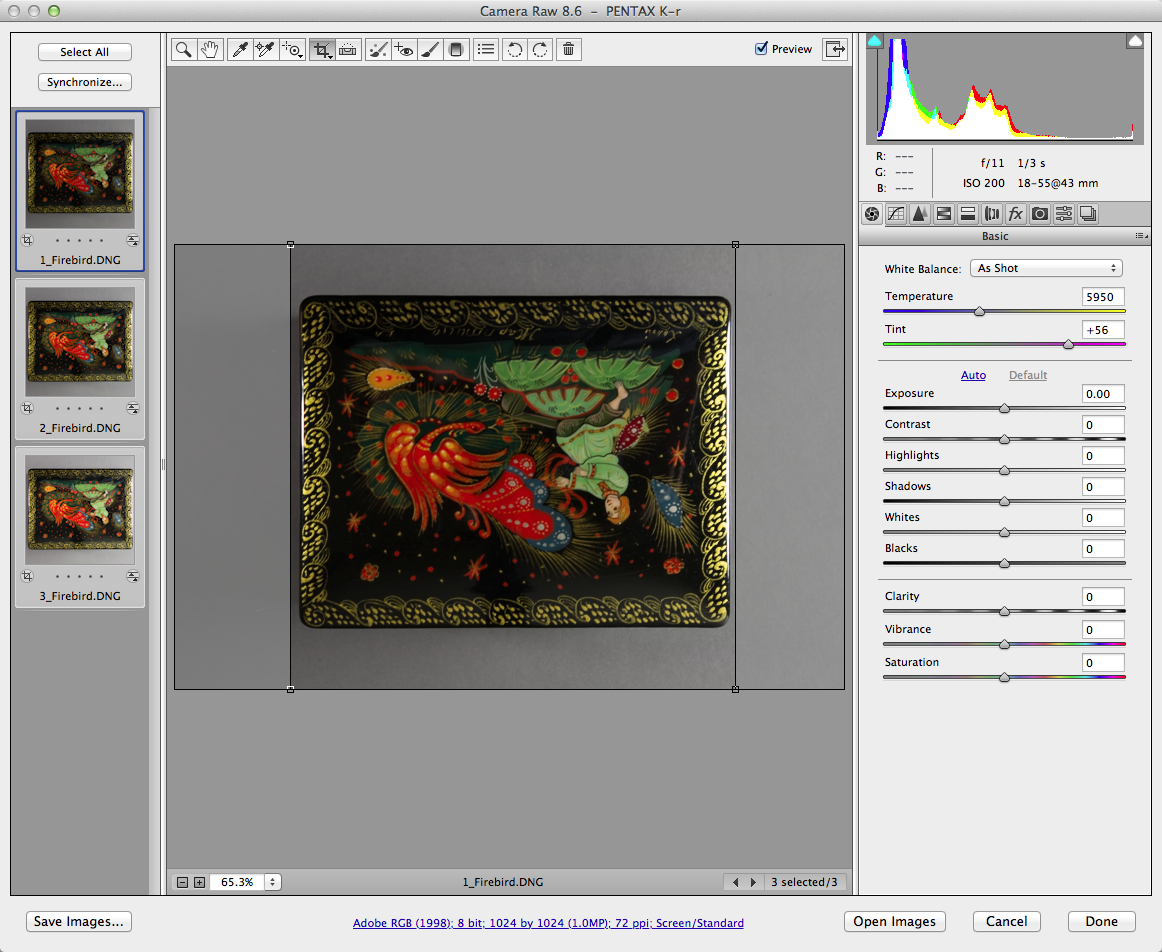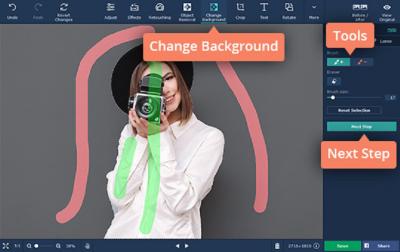If you’re serious about sharing your images on Shutterstock, understanding how to optimize your submissions is key. The Critique Forum is a fantastic place to get feedback and improve your work, but before you even get there, your images need to meet certain quality standards. Properly optimized images not only increase your chances of acceptance but also help your portfolio stand out. Whether you’re a beginner or a seasoned contributor, mastering the art of image optimization can make the difference between rejection and success. Let’s dive into some practical tips to get your images ready for critique and approval.
Understanding Shutterstock’s Image Submission Guidelines

Before you upload any images, it’s crucial to understand Shutterstock’s specific guidelines. These rules are designed to ensure that all images meet a high standard of quality, clarity, and legality. Here’s what you need to keep in mind:
- Resolution and Size: Shutterstock recommends a minimum of 4 megapixels for photos. That typically means at least 2400 pixels on the shortest side. Larger images are generally better because they allow for versatile cropping and usage.
- File Format: JPEG is the preferred format for images. Make sure your JPEGs are saved with high quality settings (usually around 12 or 100% quality) to preserve detail without creating massive file sizes.
- Image Quality: Your images should be sharp, well-exposed, and free of noise or artifacts. Avoid overly compressed images that look pixelated or blurry.
- Color Profile: Use sRGB color space for consistency and compatibility across devices and platforms.
- Legal Considerations: Ensure you have the rights to all elements in your image. This includes model releases if recognizable people are featured, and property releases if necessary.
Additionally, Shutterstock has specific content policies about subjects, compositions, and themes. Familiarize yourself with their content guidelines to prevent rejections based on subject matter. Remember, following these guidelines not only streamlines your submission process but also helps you build a reputable portfolio that buyers trust. Paying attention to these details from the start will save you time and frustration in the long run.
Preparing Your Images for Better Feedback

When you’re aiming to get the best possible feedback on Shutterstock‘s critique forum, preparation is key. Think of it like presenting your artwork—first impressions matter! The goal is to make sure your images are clear, professional, and showcase your talent effectively. Here’s how you can prepare your images for constructive feedback:
Choose the Right Images: Not every photo is ready for critique. Select images that you believe have potential but could benefit from some improvements. This could be due to composition, lighting, or technical quality. Avoid submitting images that are blurry, overexposed, or poorly composed, as these might receive less helpful feedback.
Organize Your Portfolio: If you’re submitting multiple images, organize them neatly. Group similar themes or styles together, and provide brief descriptions if possible. This helps reviewers understand your vision and provide more targeted advice.
Set Clear Goals: Know what kind of feedback you’re after. Are you looking for technical tips, composition advice, or ideas on how to make your images more marketable? Communicating your goals can guide reviewers to give more relevant and actionable suggestions.
Use Proper Naming and Tagging: Label your images with descriptive filenames and relevant tags. This not only helps in organizing but also in getting more accurate feedback, especially if reviewers can see the context or theme of your work.
Review Your Images Before Submission: Take a moment to look at your images critically before posting. Check for any distracting elements, technical issues, or areas where you feel unsure. Sometimes, a fresh look can reveal improvements you hadn’t noticed before.
Remember, the more you prepare, the more precise and helpful the feedback you’ll receive. Think of it as setting the stage for a successful critique—your efforts will be evident and appreciated!
Technical Tips for Optimizing Image Quality and Size
Getting your images just right technically is crucial for both quality and visibility on Shutterstock‘s critique forum. Whether you’re aiming for high resolution or manageable file sizes, these tips will help you strike the perfect balance:
Use the Right Resolution: Shutterstock recommends images be at least 4 megapixels, which typically means a resolution of 2400 x 1600 pixels or higher. High-resolution images look better and provide more detail, making it easier for reviewers to assess quality.
Optimize File Format: Save your images in JPEG format with a high-quality setting (around 80-90%). JPEG is widely accepted and balances quality with file size. Avoid using TIFF or PNG unless specifically required, as these files are larger and less practical for online critique.
Adjust Compression Settings: When saving your images, be mindful of compression. Too much compression leads to pixelation and loss of detail, which can hinder feedback. Use minimal compression to preserve image clarity.
Resize for Balance: Large files can be cumbersome to upload and may slow down the review process. Resize your images to meet the recommended dimensions, but avoid downsizing too much—maintaining detail is essential.
| Tip | Description |
|---|---|
| Resolution | At least 2400 x 1600 pixels for detailed review and quality. |
| Format | JPEG with high quality (80-90%) for optimal balance. |
| Compression | Use minimal compression to avoid pixelation. |
| Size | Keep file size manageable, ideally under 10MB, for easy uploading. |
Sharpen Your Images: Slight sharpening can enhance details and make your images more appealing. Just be cautious not to overdo it, as excessive sharpening can introduce artifacts.
Color Correction: Ensure your colors are vibrant yet natural. Adjust brightness, contrast, and saturation as needed to make your image pop without looking unnatural.
By following these technical tips, you’ll produce images that not only look great but are also easy for reviewers to evaluate accurately. Well-optimized images lead to more helpful feedback, helping you grow as a photographer and artist.
Best Practices for Uploading Images to the Critique Forum
Uploading your images to Shutterstock’s Critique Forum can be a game-changer for improving your work and getting valuable feedback. But to make the most of this opportunity, it’s important to follow some best practices that ensure your images are presented professionally and are ready for constructive critique.
First impressions matter. Before uploading, double-check that your images are properly titled and include relevant keywords or descriptions. Clear, descriptive titles help others understand what your image is about at a glance, and keywords can make your image more discoverable for critique and future licensing.
Next, consider the technical quality of your images. Ensure they meet Shutterstock’s technical specifications, such as:
- High resolution (at least 4 MP or higher, depending on the category)
- Proper color profile (sRGB or Adobe RGB)
- Correct exposure and sharpness
- No visible noise or artifacts
When ready, upload your images in a format that preserves quality, like JPEG or TIFF, and avoid heavily compressed files that might look pixelated or blurry.
It’s also a good idea to include a brief description or context for your images in the critique post. Mention what you aimed for, any challenges you faced, or specific areas where you’re seeking feedback. This guides reviewers to give you more targeted and helpful comments.
Lastly, be respectful and open-minded when engaging with the critique community. Thank others for their feedback, ask follow-up questions if needed, and be ready to learn and grow from the critiques you receive.
Following these best practices will help you present your work in the best light and get the most out of the Shutterstock critique forum experience.
Common Mistakes to Avoid When Submitting Images
While sharing your work for critique can be incredibly helpful, there are some common pitfalls that can hinder your progress or even discourage constructive feedback. Being aware of these mistakes can help you submit better images and foster a more positive, productive critique environment.
One of the biggest mistakes is submitting images that are not technically ready. Blurry, poorly exposed, or heavily compressed files can make it hard for reviewers to see the details and provide meaningful feedback. Always do a final check to ensure your images meet technical standards before posting.
Another mistake is neglecting to include context or a clear description. Without background information or specific questions, reviewers might not understand what you’re aiming for or where you need help. Providing a brief explanation can lead to more targeted and useful critiques.
Additionally, avoid submitting overly similar images or multiple versions of the same shot in a single critique thread. Instead, choose your best work and focus on quality over quantity. This keeps the discussion manageable and more focused.
Don’t forget to be open to criticism. Sometimes, it can be tempting to defend your work or dismiss negative comments, but remember, critique is meant to help you improve. Embrace constructive feedback with an open mind and see it as an opportunity to learn.
Another common mistake is ignoring the community guidelines or forum etiquette. Be respectful, avoid spam, and stay constructive in your comments on others’ work. Building a positive reputation encourages others to engage with your submissions productively.
Finally, avoid rushing the critique process. Take your time to review the feedback carefully and ask follow-up questions if something isn’t clear. Patience and openness will help you get the most valuable insights and develop your skills faster.
By steering clear of these common mistakes, you’ll create a better experience for yourself and others, leading to more meaningful growth and success on Shutterstock’s critique forum.
Utilizing Feedback to Improve Your Image Portfolio
One of the most valuable resources you have when aiming to optimize your images for Shutterstock’s critique forum is the feedback from fellow contributors and reviewers. Think of it as a treasure trove of insights that can help you elevate your work from good to outstanding. But how do you make the most of it? Let’s dive in.
First off, always approach feedback with an open mind. Sometimes, it might be tough to hear that your image needs improvement, but remember—it’s all about growth. Instead of taking it personally, see it as an opportunity to learn and refine your skills.
Here are some practical ways to leverage feedback effectively:
- Analyze Repeated Comments: If multiple reviewers point out the same issue—like poor lighting or cluttered composition—it’s a strong sign that you need to revisit those aspects in your work.
- Ask Clarifying Questions: If a critique isn’t clear, don’t hesitate to ask for specifics. For example, if someone mentions “lack of focus,” ask which part of the image they feel is blurry or distracting.
- Track Your Progress: Keep a journal or a digital document where you note down the feedback received and your subsequent improvements. Over time, you’ll notice patterns and areas where you’ve grown.
- Study Successful Contributors: Look at images that have received positive feedback or high ratings. Compare your work to theirs to identify what might be missing or what can be enhanced.
Another tip is to stay consistent with your style but be flexible enough to adapt based on feedback. This balance allows you to develop a recognizable brand while continuously improving your technical and artistic skills.
Remember, each piece of feedback is a stepping stone. Implement small changes, experiment with different techniques, and don’t be afraid to resubmit or revise images based on critiques. Over time, this iterative process will help you build a robust, appealing portfolio that aligns well with Shutterstock’s standards and customer preferences.
Conclusion and Additional Resources for Image Optimization
Optimizing your images for Shutterstock’s critique forum isn’t a one-time effort—it’s an ongoing journey of learning, experimenting, and refining. By following best practices like choosing the right resolution, optimizing keywords, maintaining consistent quality, and actively engaging with feedback, you’re setting yourself up for success.
Remember, the key is to stay patient and persistent. Every critique, whether positive or constructive, is an opportunity to improve. As you grow more confident in your editing skills and understanding of market trends, your images will naturally stand out more.
To help you continue on this path, here are some additional resources:
- Shutterstock Contributor Guide: The official guide offers comprehensive tips on technical standards, keywording, and submission processes.
- Online Photography and Editing Courses: Platforms like Udemy, Skillshare, or Lynda provide courses on photography, editing, and composition.
- Photo Editing Software Tutorials: Learning advanced features in Adobe Lightroom, Photoshop, or free tools like GIMP can significantly improve your image quality.
- Community Forums and Social Media Groups: Joining photography communities on Reddit, Facebook, or dedicated forums can provide ongoing support, feedback, and inspiration.
Ultimately, the secret to thriving on Shutterstock is a blend of technical mastery, artistic expression, and active engagement with the community. Keep practicing, stay receptive to feedback, and never stop exploring new ideas. Your efforts will pay off with a portfolio that not only meets standards but also captures the attention of buyers worldwide!


